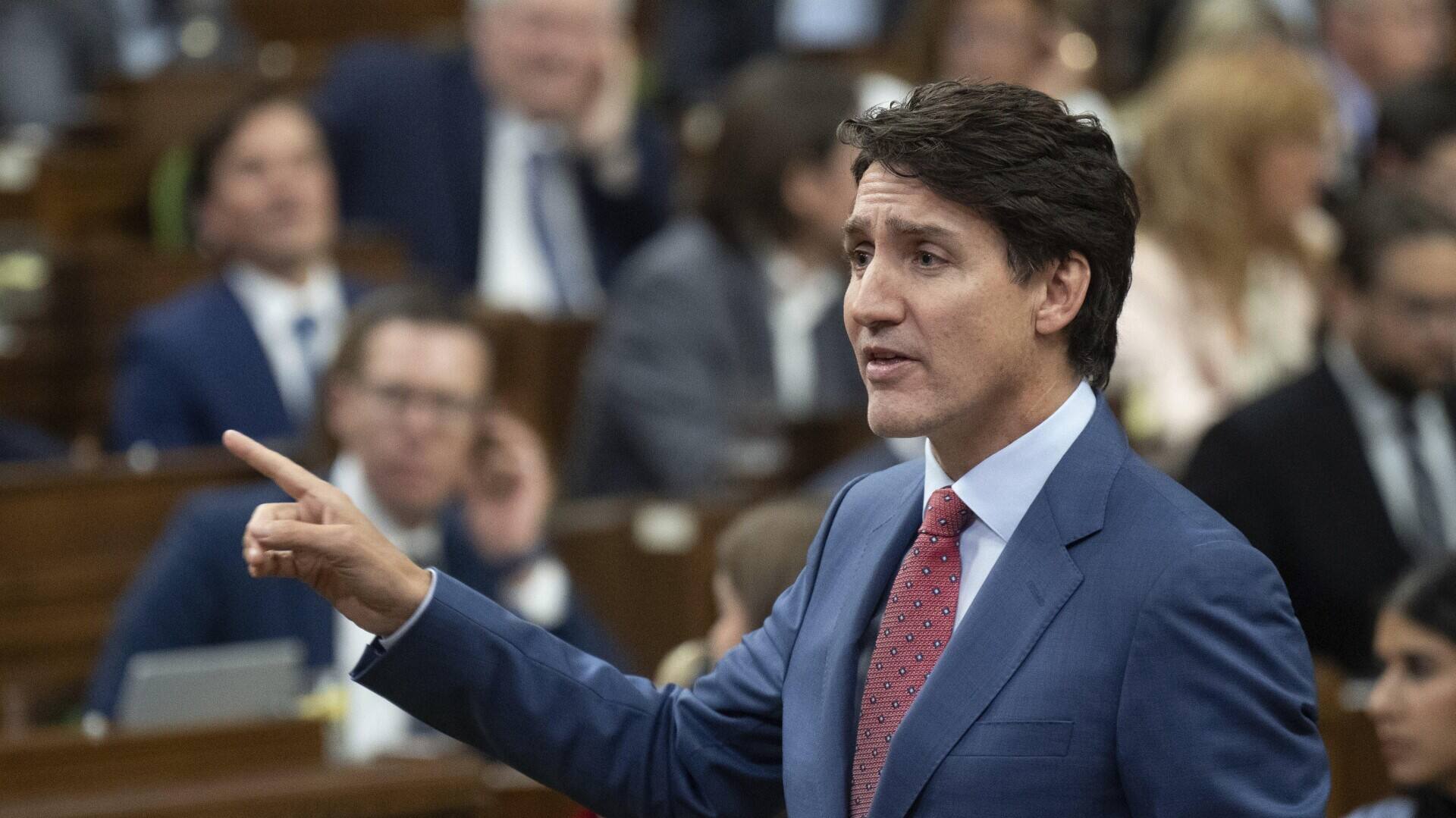
Canada will reduce immigration by more than 20% due to housing and infrastructure shortages
Canada has stated that it will accept 395,000 new permanent residents in 2025, which is 21% less than the 500,000 objective set for 2024.
In a dramatic turnabout for a country that has long promoted immigration as a source of economic growth and vibrancy, Prime Minister Justin Trudeau has declared that Canada will drastically cut its immigration intake in the upcoming years.
In 2025, Canada is now expected to welcome 395,000 new permanent residents, which is 21% less than the 500,000 objective established last year.
In 2026 and 2027, that number would drop even more to 380,000 and 365,000, respectively. Furthermore, temporary residents—such as foreign workers and students—will be subject to new restrictions, which are expected to decrease by almost 450,000 by 2025.
During a press conference, Trudeau said that the nation’s aggressive immigration policy, which was initially intended to alleviate labor shortages and promote population expansion, had failed to strike the “right balance.”
“We have always had a responsible and adaptable immigration system,” he said. However, we failed to strike the correct balance in our efforts to maintain population growth and meet labor demands.
Trudeau has pushed for higher immigration rates since his victory in 2015, and in 2022, he plans to set a new goal to meet labor shortages brought on by pandemics.
This strategy has distinguished Canada from other countries where immigration is still a divisive issue, especially in the US, where Republican presidential candidate Donald Trump has attacked immigration laws, and in Europe, where anti-immigrant sentiments have contributed to far-right political triumphs.
Reactions to the policy change have been conflicting. Robert Kavcic, director of economics at the Bank of Montreal, stated that the lowered immigration quotas would relieve strain on the infrastructure and economy, particularly in the housing sector, where demand has outpaced supply due to fast population expansion.
Nonetheless, the government’s decision was criticized by over 100 civil society organizations, including some of Canada’s biggest labor unions. The government was elected on a pro-immigration platform and promised permanent resident status to students, migrant workers, and undocumented individuals, they wrote in a letter. At the voting booth, failing to meet them will be remembered.
The policy change coincides with a shift in Canadian public opinion against more immigration due to worries about the impact on the country’s infrastructure, housing costs, and access to healthcare.
Nearly 60% of Canadians, the largest percentage in 25 years, say there is “too much immigration,” according to a recent Environics Institute poll.
According to the pollster, “public opinion on immigration has effectively shifted from being acceptable to problematic.”
With immigration playing a major role, Canada’s population increased by 3.2 percent in 2023 to reach over 40 million.
Even high-birthrate countries like India were outperformed by this growth rate, as were the other G7 countries. Due to rising tuition costs, universities and colleges actively attracted temporary migrants, such as overseas students, who accounted for the majority of the rise. Currently, 7.2 percent of Canadians are temporary residents.
The infrastructure of Canada, according to critics, has not been able to keep up with the swift influx of migrants. Toni Gravelle, the deputy governor of the Bank of Canada, recently blamed the housing scarcity on “structural challenges,” including zoning laws and a lack of construction workers.
The Canadian Chamber of Commerce, which emphasizes that immigration is “a key driver of economic growth,” also voiced disappointment over the updated immigration targets. Getting immigration right is critical to Canada’s future, said Diana Palmerin-Velasco, a senior director at the chamber. We are capable of more.
In support of the government’s decision, Immigration Minister Marc Miller acknowledged that “the volume of migration has contributed to affordability challenges.”
He did, however, warn against attributing housing or economic problems to immigrants. “It is easy to blame immigrants for everything,” Miller said, adding that problems with housing supply are also caused by more general policy issues, many of which are under the purview of municipal or provincial governments.
A temporary cap on foreign student visas, a moratorium on permanent residents, and a commitment to cut temporary residents to 5% of the population within three years are just a few of the immigration-controlling policies already in place under the Trudeau administration.
The change in immigration policy is a major reorientation for Trudeau, who has been under increasing pressure due to housing and economic concerns, and whose Liberal Party is currently trailing the Conservatives in the polls.
Despite calls for his resignation from certain Liberal legislators, he reiterated his intention to serve in a speech to his caucus this week.
All Categories
Recent Posts
Tags
+13162306000
zoneyetu@yahoo.com



